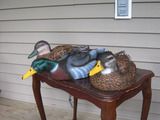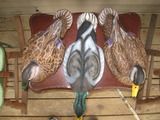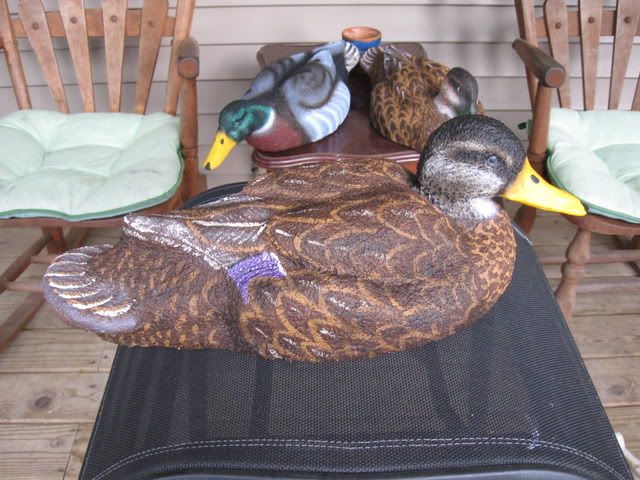Here is a trio of birds I restlecoated. This is the first time I have tried it, and I have to say, I really like it.
![Image]()
![Image]()
![Image]()




Its actually called Trestle coating...takem4391 said:Actually restle coating is with corn con dust they got from the anderson mill in maimed ohio and the used a medium grit and fine grit of it they used a cut off paint brush to pound it in there.and used somthing other then glue to stick it too and they used high dollar automotive paint to paint their dries just a history lesson for you and by the way nice coys
Dang Hank....pulled out a little recent decoy history. Only seen one other guy actually use the the correct word for the coating prior to this post. Makes 2 now.hankyorke said:Its actually called Trestle coating...takem4391 said:Actually restle coating is with corn con dust they got from the anderson mill in maimed ohio and the used a medium grit and fine grit of it they used a cut off paint brush to pound it in there.and used somthing other then glue to stick it too and they used high dollar automotive paint to paint their dries just a history lesson for you and by the way nice coys
